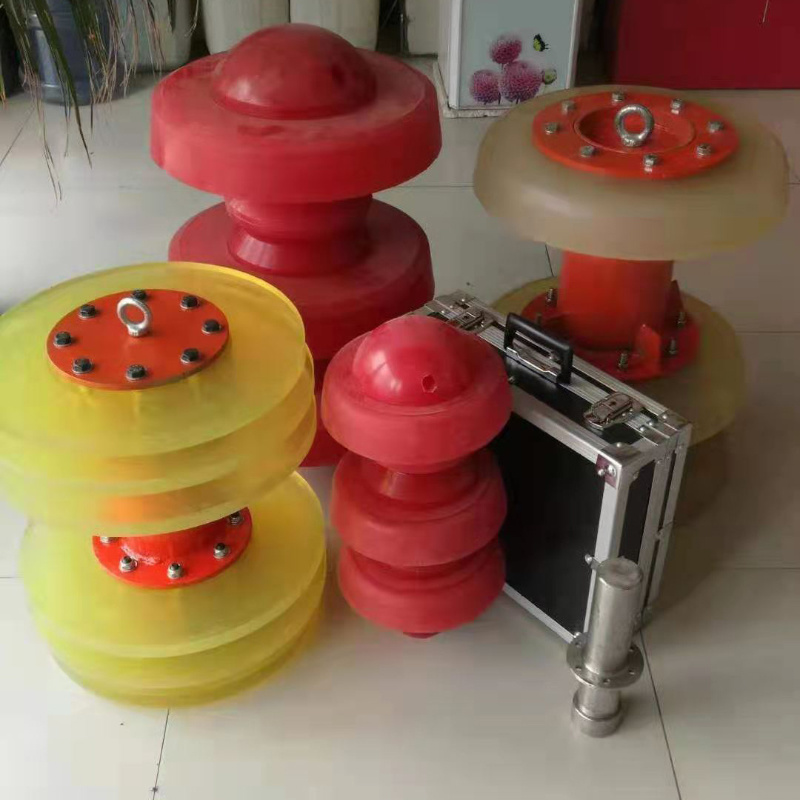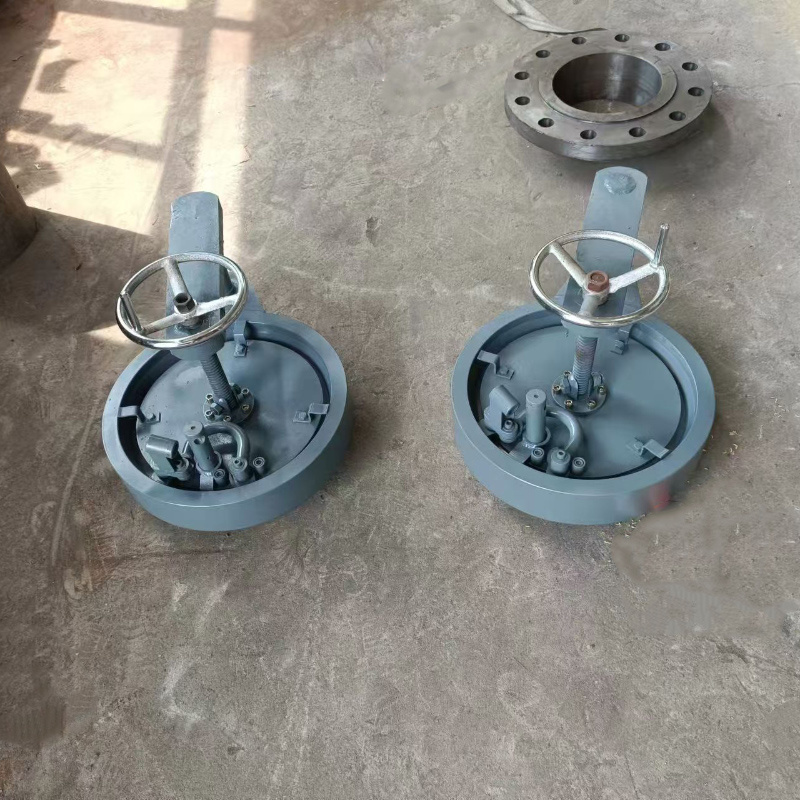Safety rules to be followed when sealing pipeline holes
Jan 08,2025

Safety is of utmost importance when plugging a hole in a pipeline. Following certain safety rules not only helps protect the lives of workers, but also ensures the normal operation of the equipment. Here are some safety rules to follow when plugging a hole in a pipeline:
1. Preliminary preparation: Before starting work, be sure to conduct a comprehensive assessment of the work environment and understand the potential risks and hazards. Prepare necessary personal protective equipment, such as hard hats, protective glasses, gloves, and non-slip shoes. At the same time, ensure that all tools and equipment are in good working condition.
2. Cut off and isolate energy: Before plugging the pipeline, the relevant valves must be closed and locked to cut off the supply of fluid or gas. For high-pressure pipelines, blind plates or other isolation devices should be used for isolation to prevent residual pressure from causing danger.
3. Ventilation and monitoring: When working in a closed pipeline system, ensure that the working environment is fully ventilated to reduce the accumulation of harmful gases or vapors. Use appropriate monitoring equipment to monitor air quality in real time to ensure safety.
4. Temporary support and fixation: During the plugging process, temporary support structures should be used to fix the pipeline to prevent accidental movement or collapse and cause injury.
5. Use safe plugging materials: Choose high-quality, certified plugging materials that can withstand the pressure in the pipeline and have good sealing performance. Avoid using inferior materials or expired materials to prevent leakage or breakage.
6. Fire and explosion prevention: If there are flammable or explosive substances in the pipeline, be sure to follow the corresponding fire and explosion prevention regulations. Use explosion-proof tools and equipment, and ensure that there are no fire sources around the work area.
7. Emergency response plan: Develop and be familiar with the emergency response plan so that you can take quick response measures in the event of an accident. Make sure that the staff understands how to evacuate quickly and use on-site first aid equipment.
8. Training and supervision: Make sure that all personnel involved in the plugging work have received appropriate training and understand how to perform the task safely. Carry out regular supervision during the work process to ensure that all safety measures are followed.
Following the above safety rules can effectively reduce the risks when plugging pipeline holes. Safety is always the top priority, so be sure to be vigilant and take appropriate precautions.
NEXT:









